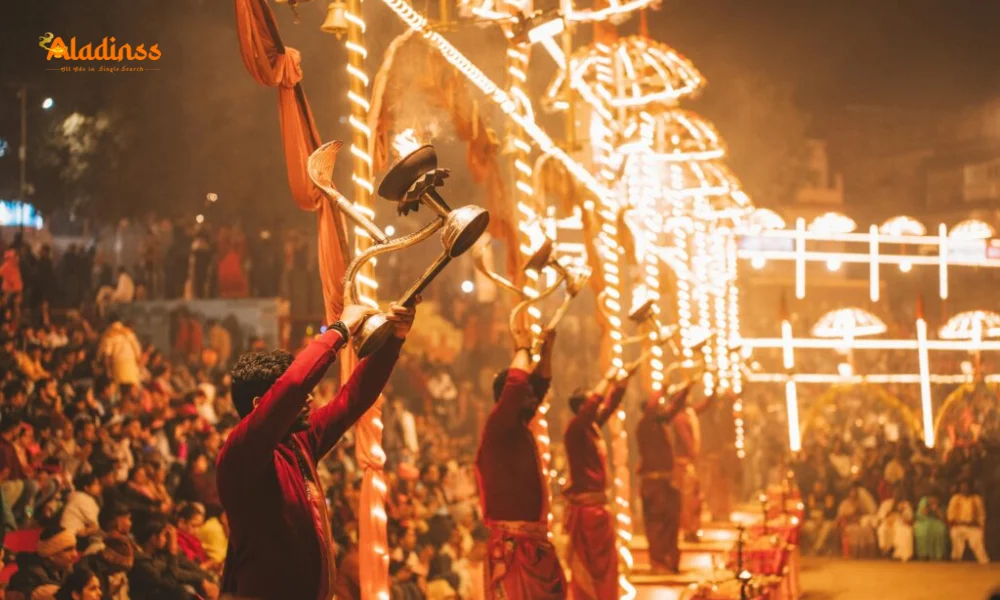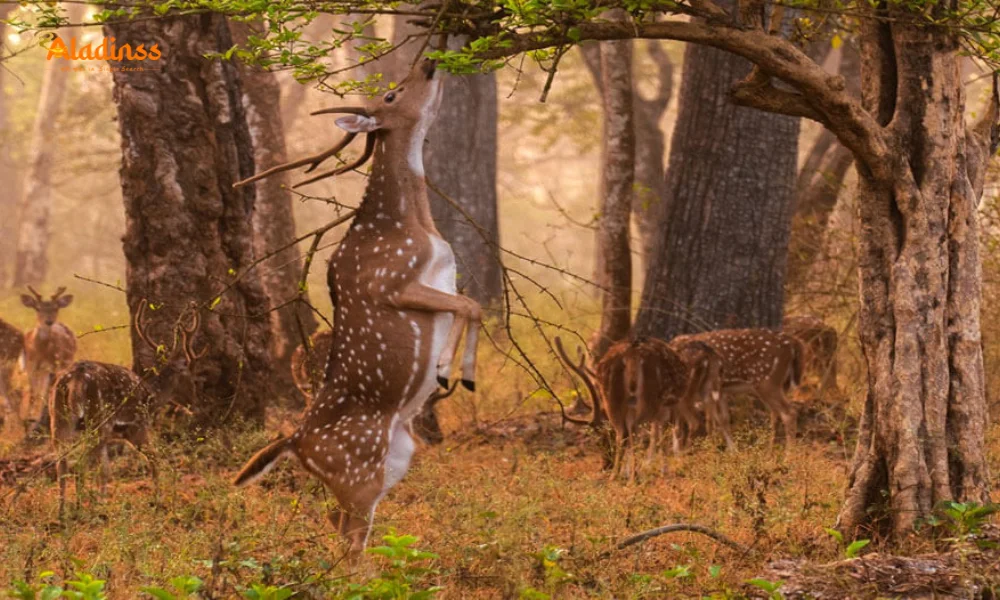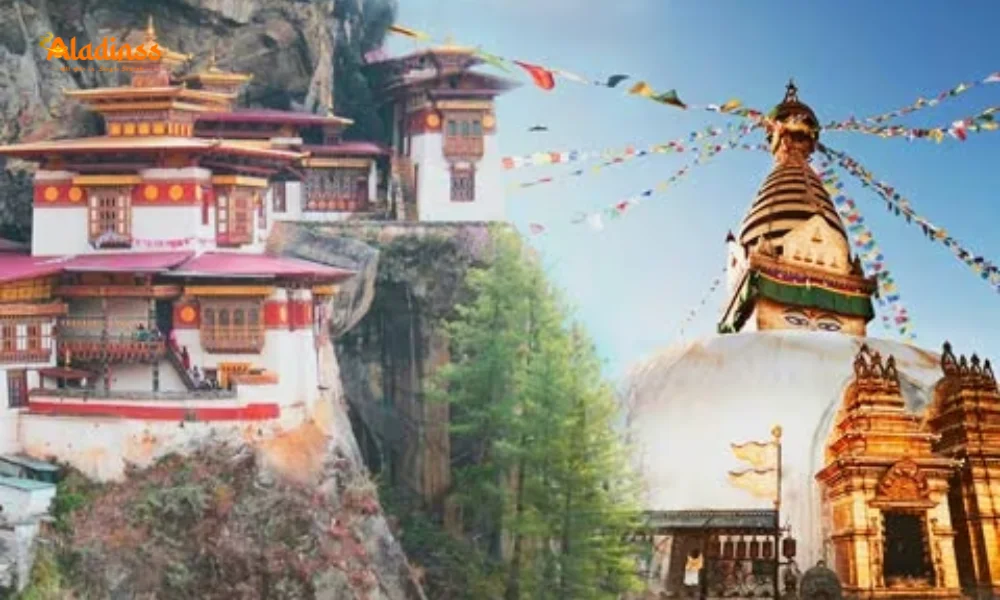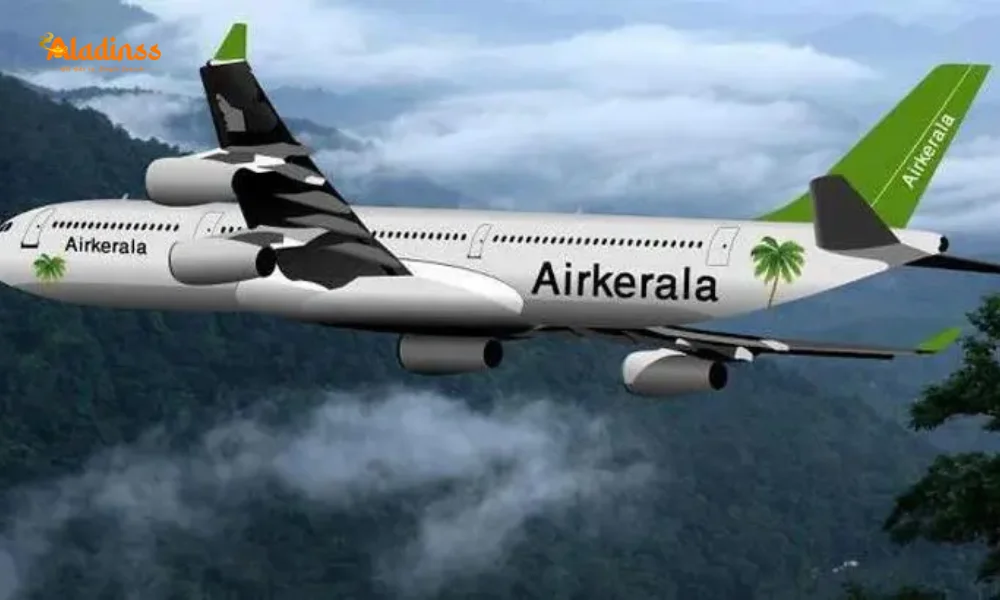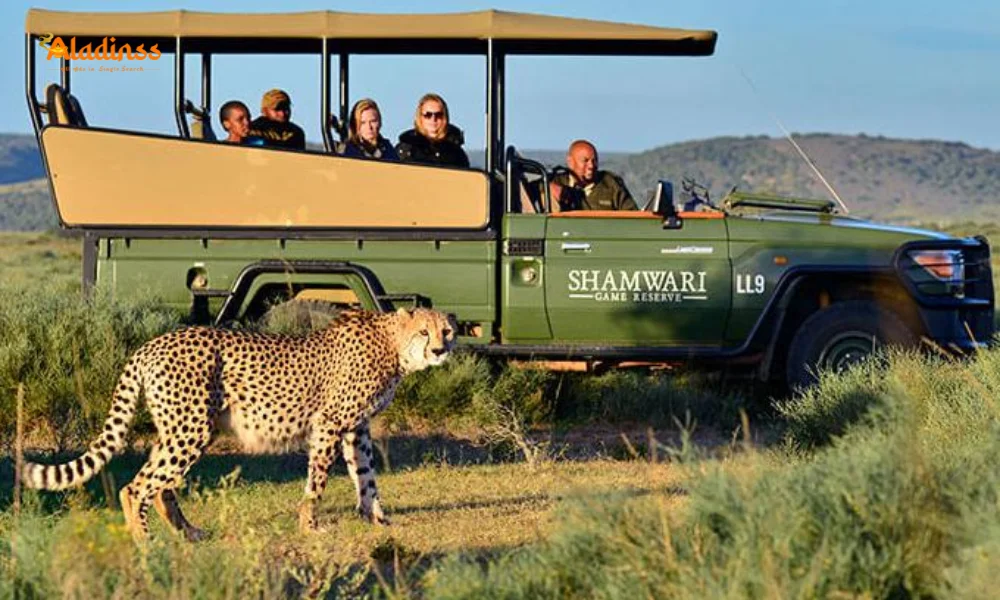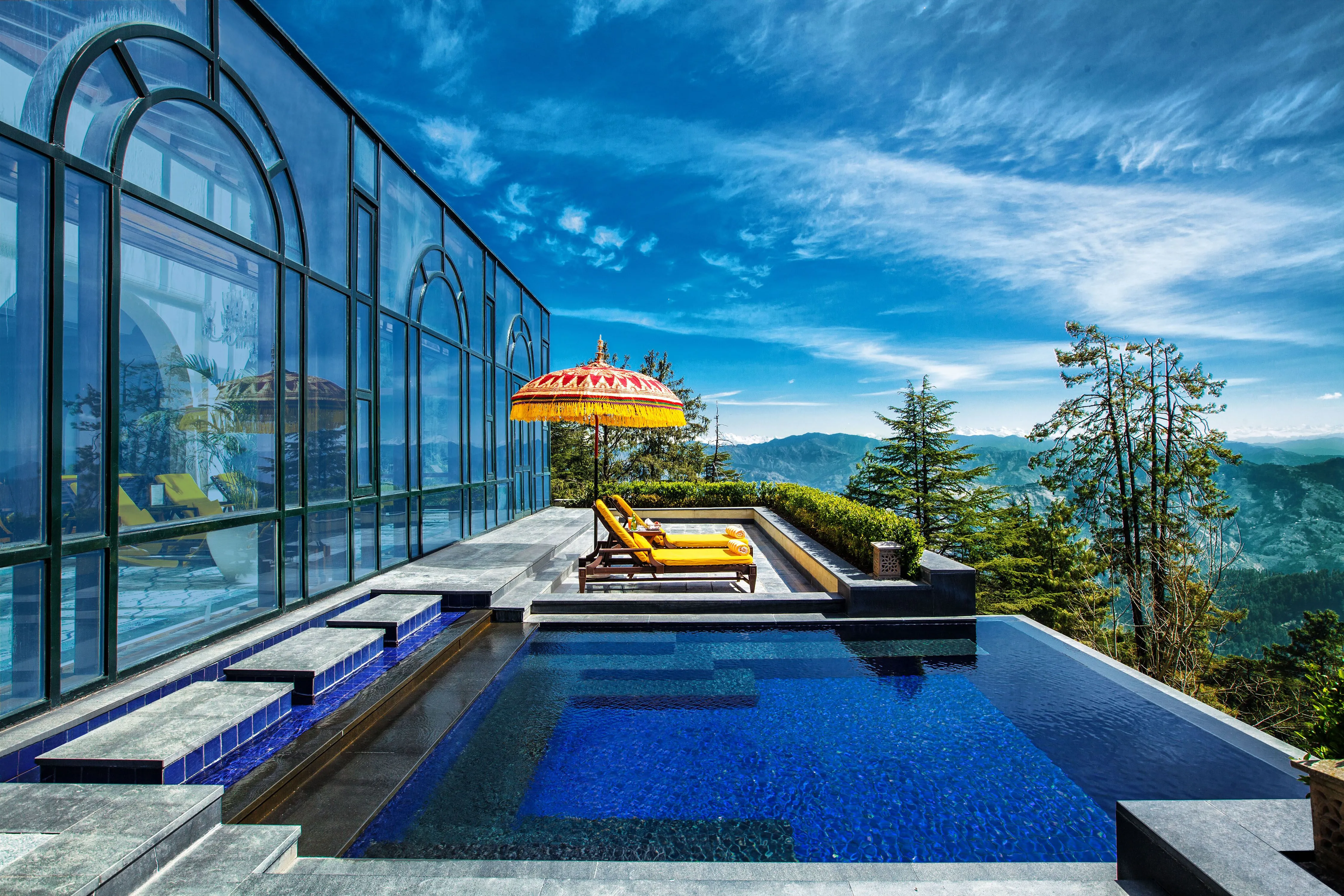Top 10 Astro Tourism Spots in India 2025 Guide
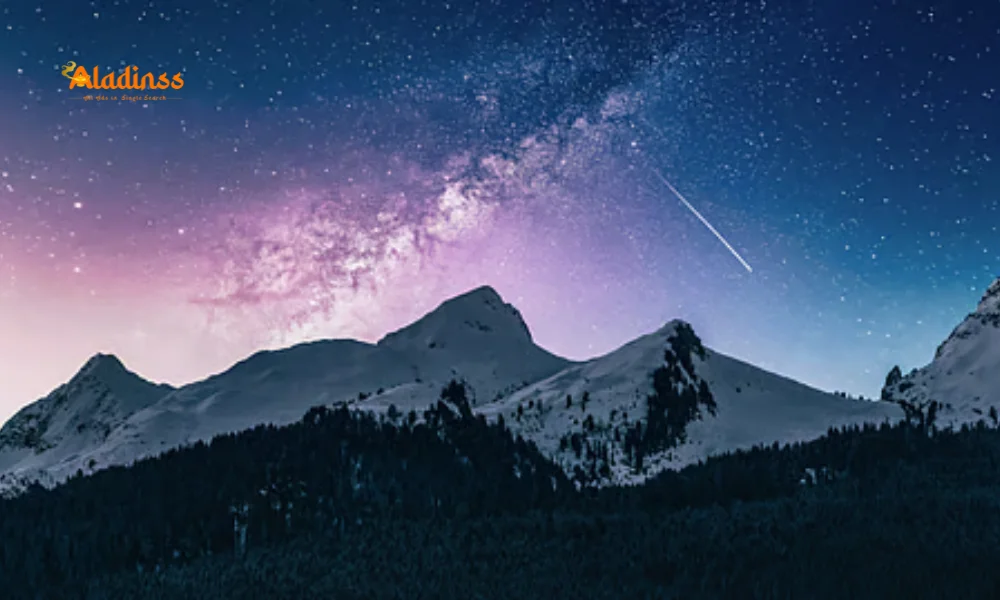
Top 10 Astro Tourism Destinations in India for 2025: Ultimate Stargazing Guide
The allure of the cosmos is captivating travelers, giving rise to astro tourism as a thrilling escape from city lights. This niche travel trend blends adventure with awe, offering pristine night skies for stargazing in remote Indian locales. From Ladakh's high-altitude observatories to Rajasthan's desert dunes, these astro tourism destinations in India 2025 provide unparalleled views of the Milky Way, meteor showers, and constellations. As dark sky reserves proliferate, 2025 promises enhanced experiences with guided tours and eco-camps, drawing astronomy enthusiasts and photographers alike.
With light pollution affecting 80% of urban dwellers, these spots-certified or naturally dark-deliver therapeutic escapes, fostering connections to the universe. Whether camping under Himalayan stars or beachside in Andamans, astro tourism rejuvenates, blending science, culture, and nature.
Explore our curated list of the top 10 astro tourism hotspots, complete with best times, tips, and must-do activities for unforgettable cosmic journeys.
1. Hanle, Ladakh: India's Highest Astro Hub
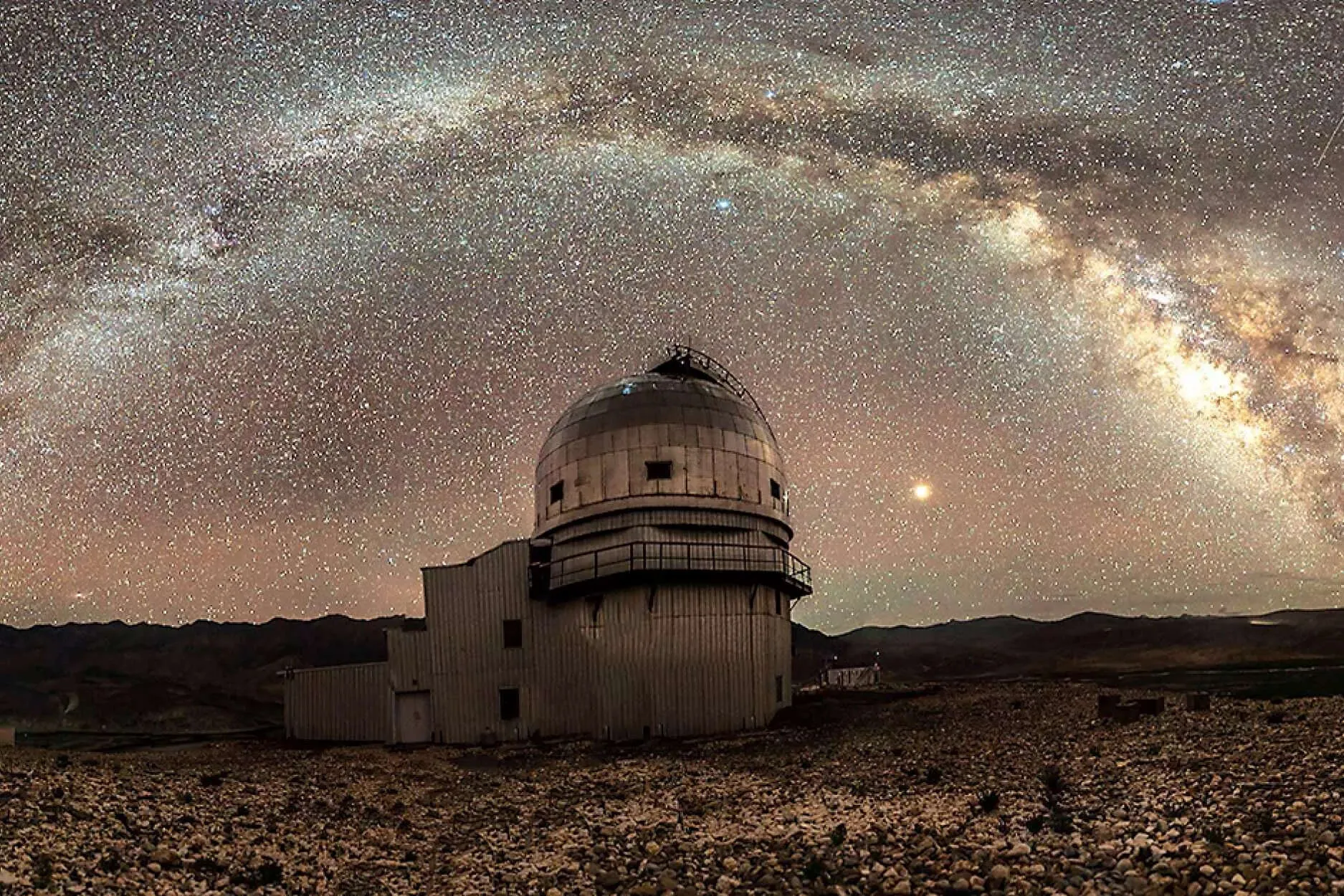
Perched at 4,500m in Ladakh's Changthang plateau, Hanle is a stargazer's dream, hosting the Indian Astronomical Observatory (IAO) since 1983. Its extreme altitude and arid climate minimize light pollution, offering pristine views of galaxies and nebulae with naked-eye clarity. As India's first Dark Sky Reserve (2024), Hanle attracts global astronomers, blending Tibetan culture with cosmic wonders amid stark landscapes.
Optimal for Milky Way photography, Hanle's Bortle Scale 1 skies reveal thousands of stars invisible elsewhere. Local nomads share celestial lore, enriching experiences.
Best Time: April-September for clear weather.
- Events: IAO open nights, Ladakh Astro Fest.
- Activities: Astrophotography, homestay stargazing, meteor showers.
- Tips: Warm gear, permits, Nyoma basecamp.
2. Spiti Valley, Himachal Pradesh: Himalayan Cosmic Retreat
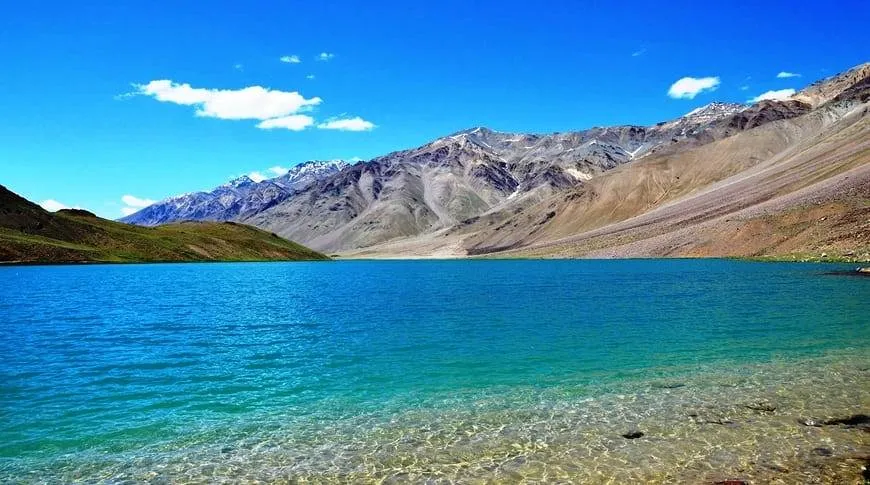
Spiti's high-desert isolation at 3,800m delivers Bortle 2 skies, where the Milky Way arches vividly over monasteries and valleys. From Kaza to Dhankar, the region's low humidity and sparse population ensure unadulterated views, ideal for deep-sky imaging of nebulae and galaxies. As a budding astro hotspot, Spiti merges Buddhist heritage with astronomy, with eco-camps offering telescope rentals.
Winter's Perseid remnants and summer solstice sunsets amplify magic, with locals guiding tours.
Best Time: May-October for accessibility.
- Events: Spiti Stargazing Camps, meteor viewing.
- Activities: Time-lapse, cultural astro tours, Key Gompa vigils.
- Tips: 4x4 transport, acclimatization, Langza Buddha viewpoint.
3. Pin Valley, Himachal Pradesh: Serene Valley Starscapes
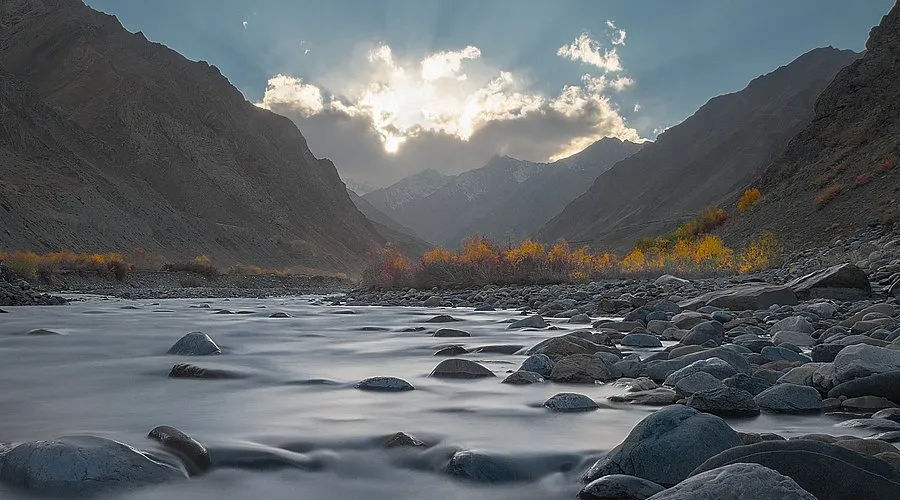
Pin Valley National Park's 3,500m elevation and glacial isolation yield Bortle 1 skies, where constellations pierce like diamonds. The Pin River's whisper accompanies meteor trails, with mud villages like Mudh offering rustic camps for immersion. Minimal tourism preserves darkness, making Pin a hidden gem for solitary stargazing.
Equinox alignments and lunar eclipses shine here, with ibex silhouettes adding drama.
Best Time: June-October for trails.
- Events: August meteor showers, September equinox.
- Activities: Ibex-spotting night hikes, tent astronomy.
- Tips: Trekking poles, Saini homestays, Sikhna viewpoint.
4. Great Rann of Kutch, Gujarat: Salt Desert Celestial Theater
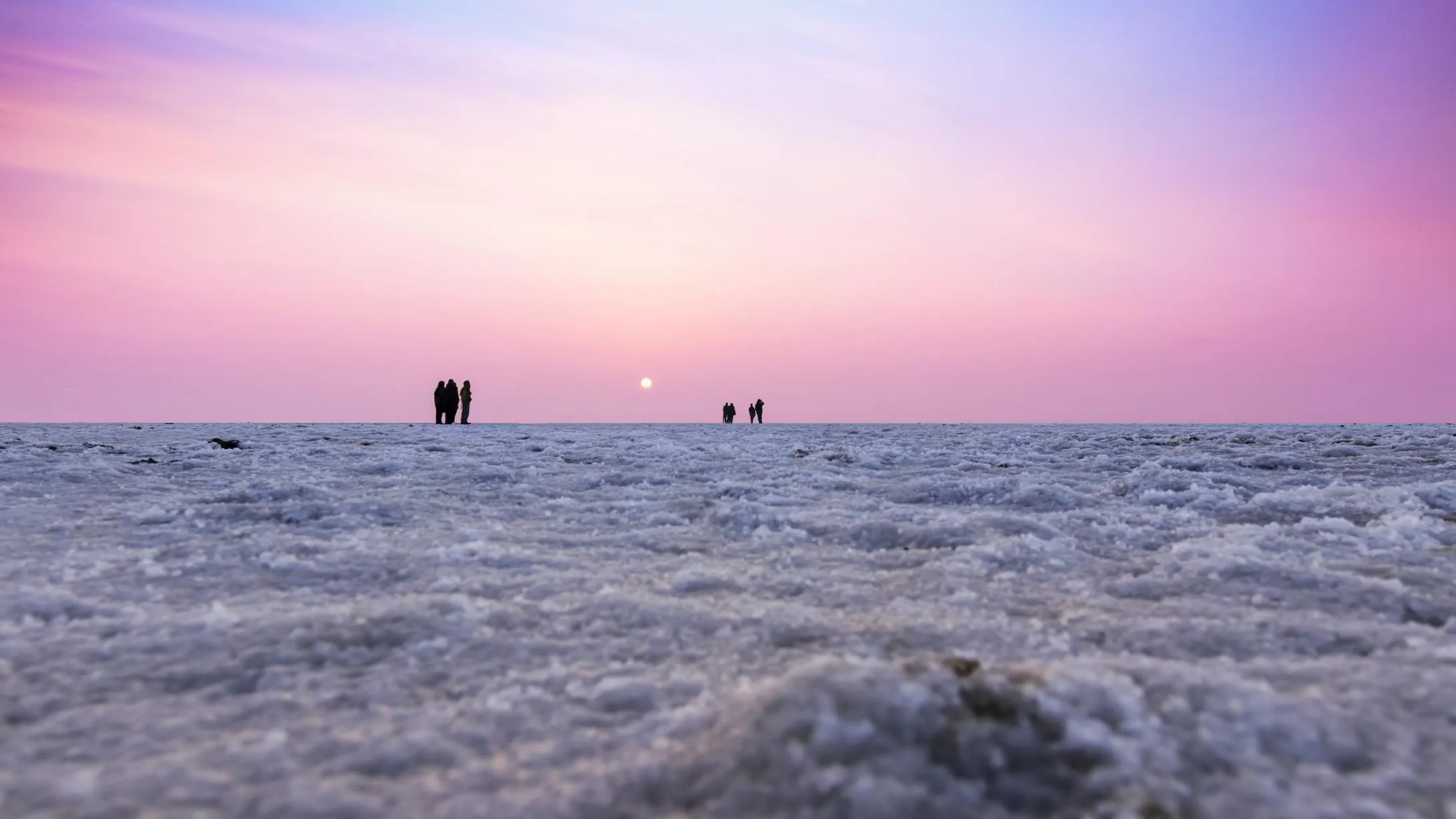
The Rann's mirror-like expanse at sea level reflects stars like a cosmic stage, with Bortle 2 skies during Rann Utsav. Dhordo's tents host festivals blending Kutchi crafts with astronomy, where full moons rise over white salt, creating surreal illusions.
Winter's Orion and Gemini dominate, with cultural nights enhancing wonder.
Best Time: November-February for Utsav.
- Events: Geminids, moonlit festivals.
- Activities: Camel safaris, light-painting.
- Tips: Utsav tents, Kalo Dungar hill.
5. Neil Island, Andaman: Tropical Starlit Shores
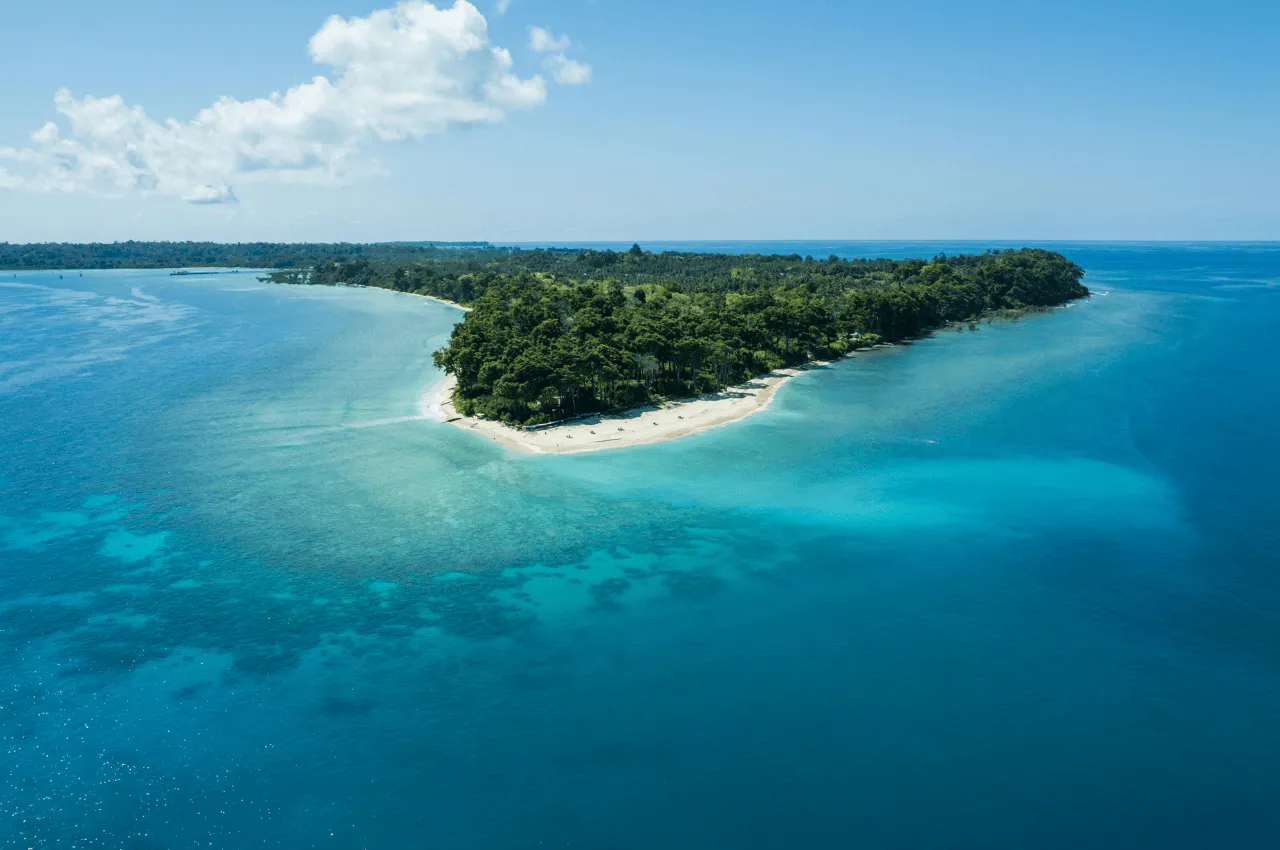
Neil's coral-fringed beaches at sea level offer Bortle 3 skies, where bioluminescent waves meet southern constellations. Laxmanpur's sands host eco-camps, blending snorkeling days with meteor nights.
Dry season's Southern Cross and zodiacal light mesmerize.
Best Time: December-March for ferries.
- Events: Eta Aquariids, beach meteor watches.
- Activities: Bioluminescent swims, bridge stargazing.
- Tips: Eco-resorts, reef-safe sunscreen.
6. Jaisalmer, Rajasthan: Desert Dunes Under the Stars
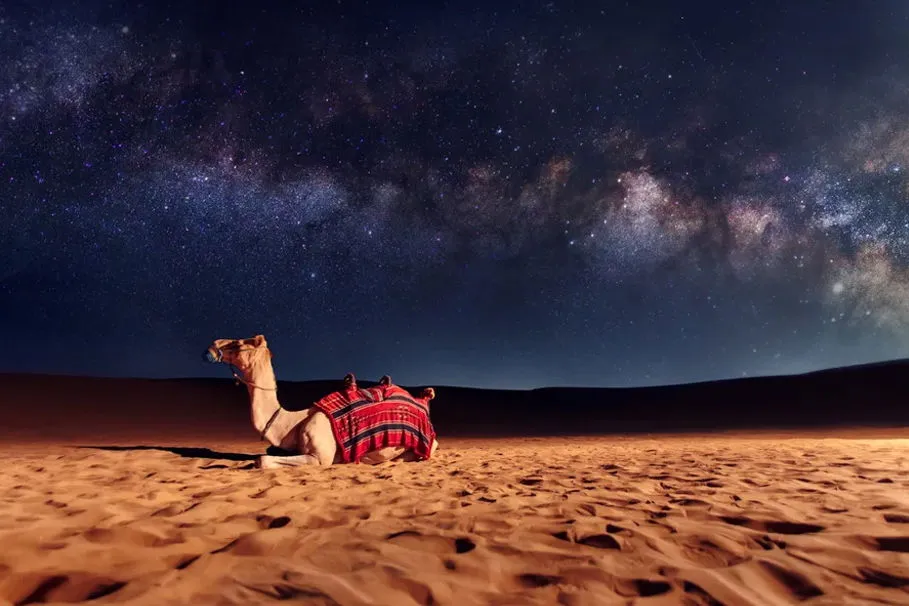
Jaisalmer's Thar Desert at 200m delivers Bortle 2 skies, where Sam dunes amplify star trails. Khuri camps host folk tales under Leonids, blending Rajasthani culture with astronomy.
Winter's clear air reveals 2,500+ stars.
Best Time: October-February for cool nights.
- Events: Geminids, desert festivals.
- Activities: Camel treks, folk astronomy.
- Tips: Luxury tents, Sam viewpoint.
7. Pachmarhi, Madhya Pradesh: Satpura's Sky Sanctuary
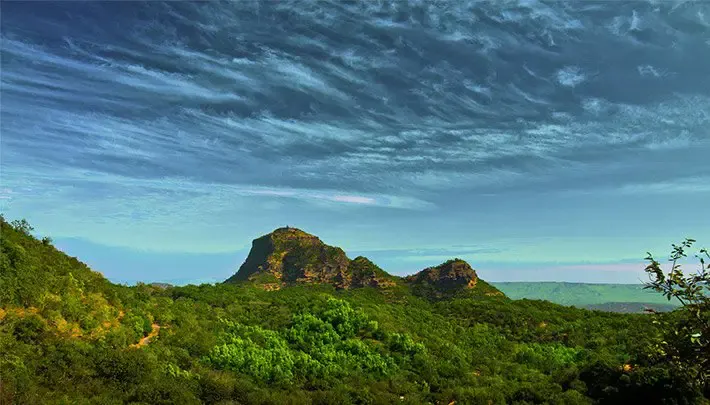
Pachmarhi's 1,067m Satpura hills yield Bortle 3 skies, where Dhoopgarh's plateau frames Orion. Biosphere Reserve's forests block light, blending eco-treks with meteor hunts.
Winter's lunar events shine over waterfalls.
Best Time: November-February for chill.
- Events: Leonids, equinox views.
- Activities: Cave astro-tours, bonfires.
- Tips: Forest lodges, Apsara Vihar.
8. Shnongpdeng, Meghalaya: Riverine Cosmic Escape
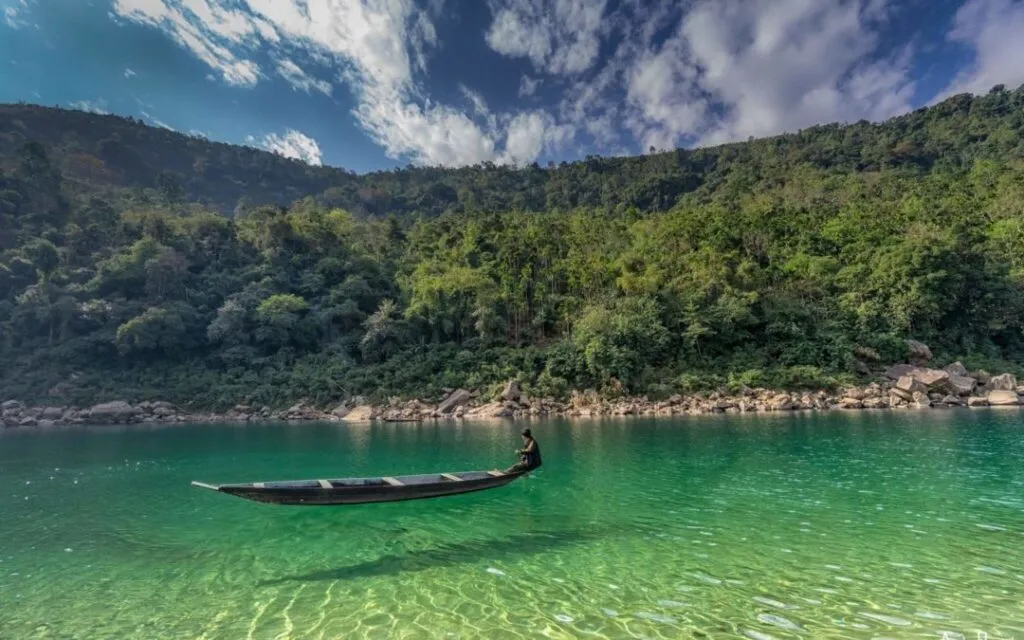
Shnongpdeng's 100m Umngot River valley offers Bortle 2 skies, where cliffs frame Milky Way reflections. Bamboo bridges host camps, mingling Khasi lore with Perseids.
Dry winters reveal southern skies.
Best Time: November-February for ferries.
- Events: Aquariids, river meteor watches.
- Activities: Boat stargazing, root bridge nights.
- Tips: Dawki homestays, insect repellent.
9. Yercaud, Tamil Nadu: Shevaroy's Underrated Skies
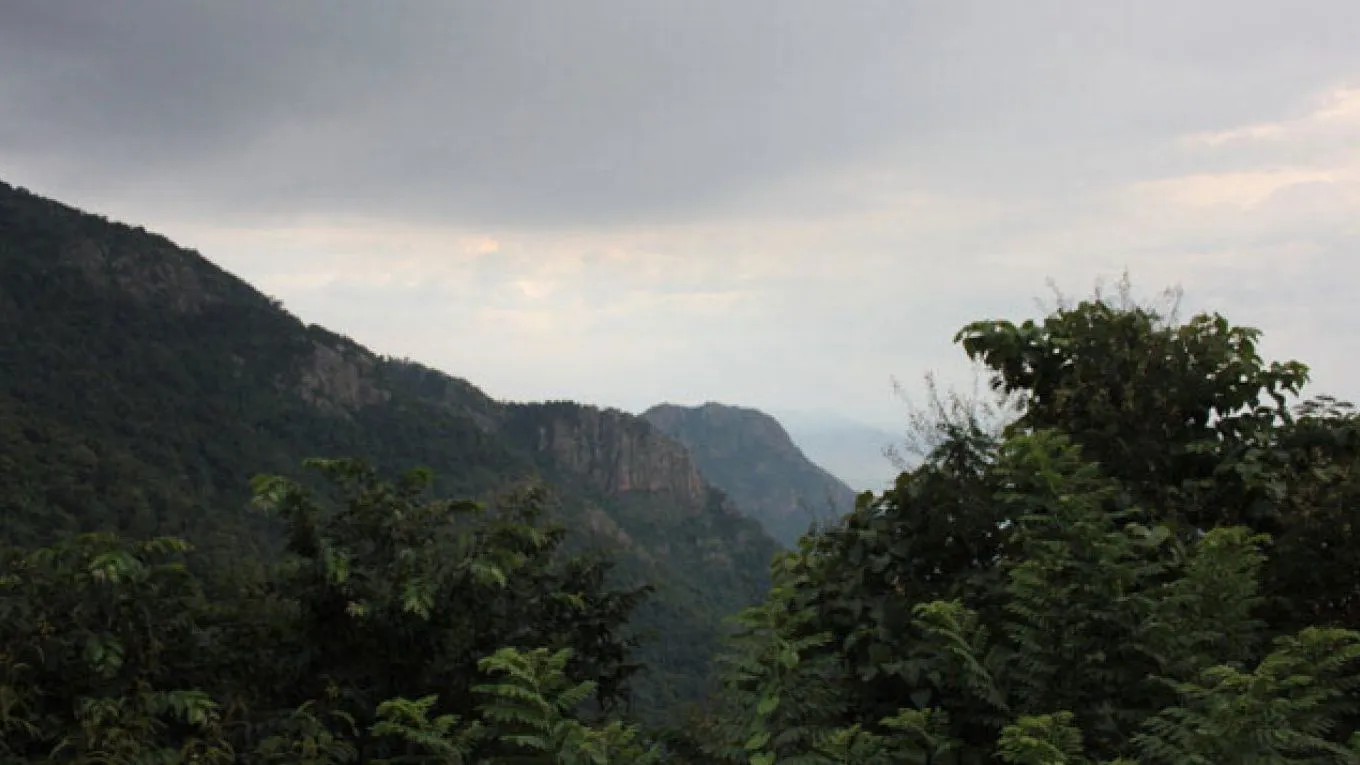
Yercaud's 1,515m Eastern Ghats yield Bortle 3 skies amid coffee estates, where Lady's Seat overlooks Taurus. Low tourism preserves darkness, blending hill treks with Orion hunts.
Winter's dry air sharpens views.
Best Time: December-February for mist-free nights.
- Events: Taurids, hill moonrises.
- Activities: Estate camps, Pagoda Point vigils.
- Tips: Coffee homestays, Killiyur Falls day trips.
10. Kodaikanal, Tamil Nadu: Solar Observatory's Legacy
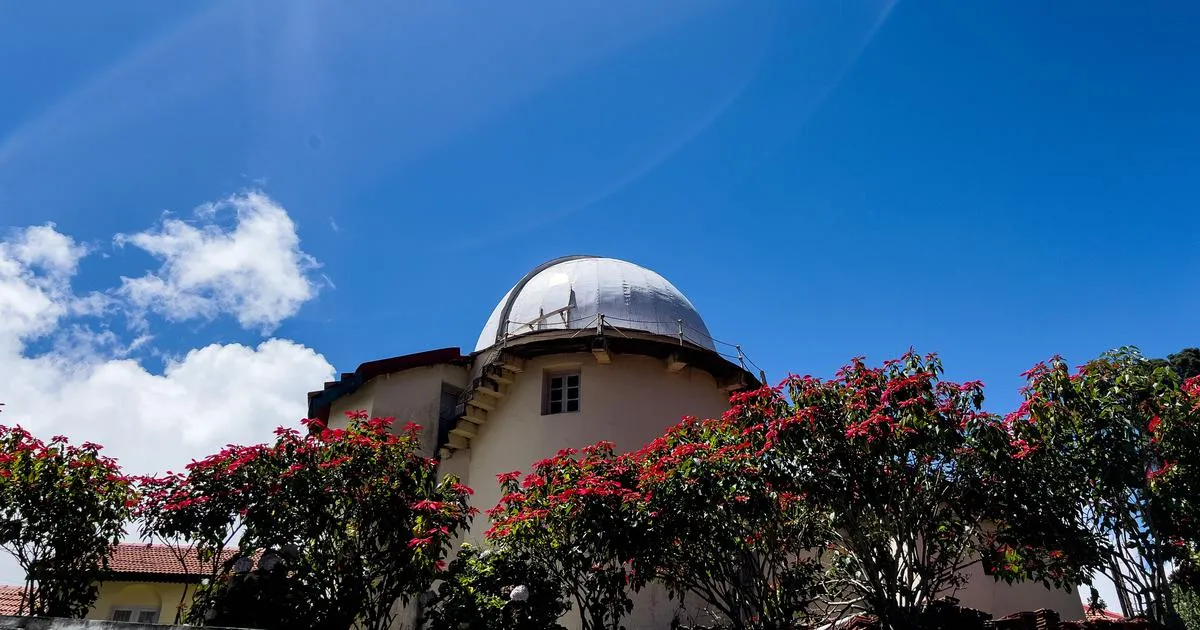
Kodaikanal's 2,133m Palani Hills host Bortle 3 skies, where Solar Observatory (1899) frames Geminids. Coaker's Walk's lake reflections add romance, blending colonial history with astro legacy.
Summer's clear domes reveal zodiacs.
Best Time: March-May, October-December for mild weather.
- Events: Aquariids, observatory eclipses.
- Activities: Berijam Lake camps, Pillar Rocks views.
- Tips: Pine Forest stays, Bryant Park days.
Tips for Stellar Astro Tourism Experiences in India
Plan around new moons for darkness. Pack red flashlights, wide-angle lenses, and star apps like SkyView. Join guided tours for telescopes. Respect reserves- no lights, quiet hours.
Combine with culture: Ladakh monasteries, Spiti treks. In 2025, astro apps like Night Sky Planner optimize visits.
These destinations blend India's diversity with universe's vastness, crafting memories beyond stars.
Comment / Reply From
No comments yet. Be the first to comment!
